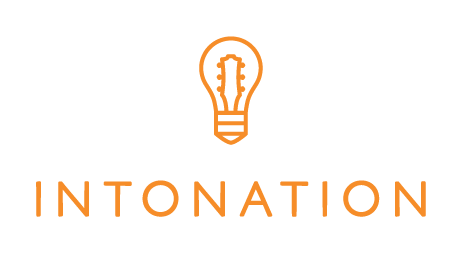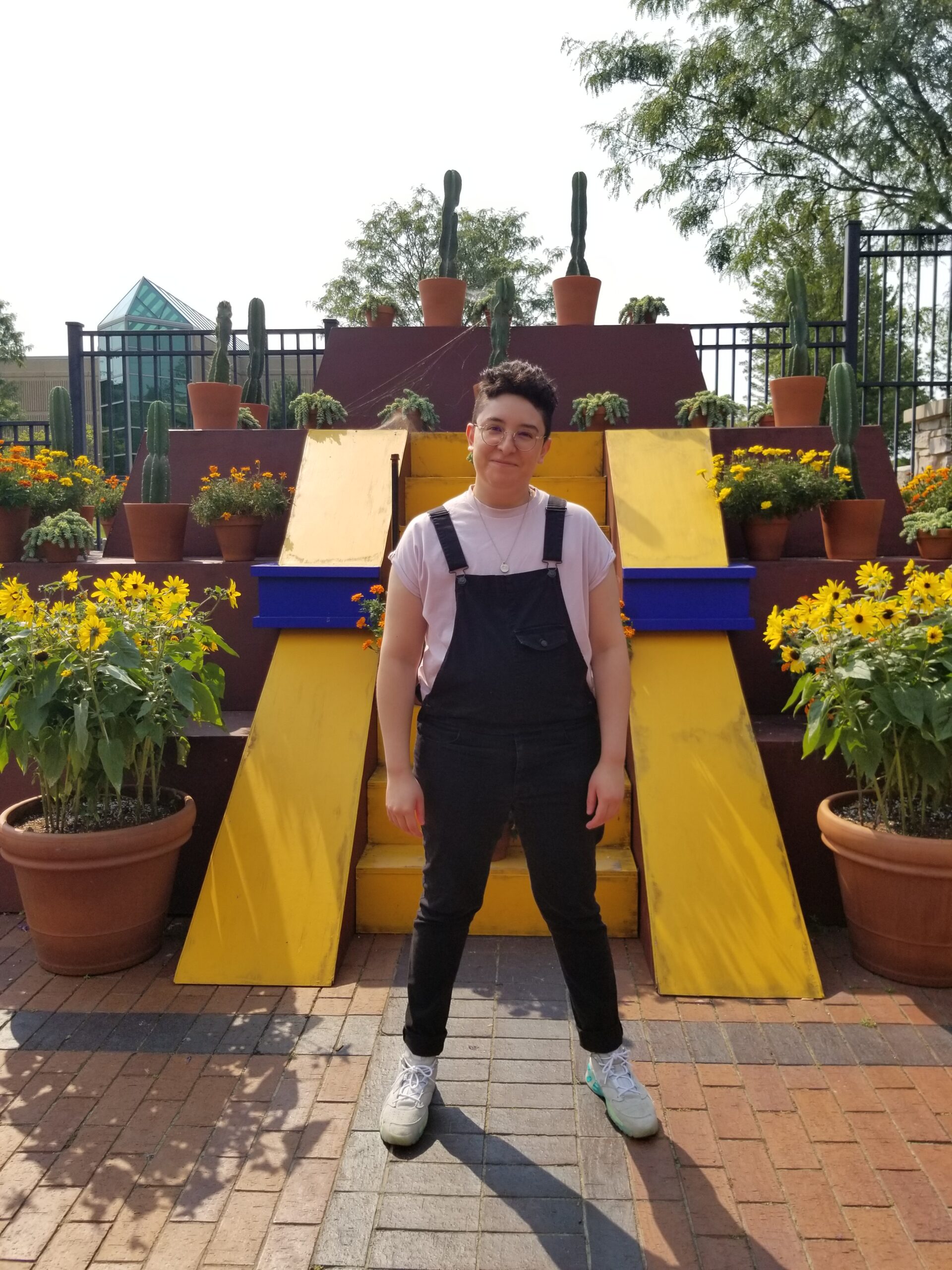Instructor Spotlight: Dre Meza
- Tell us a little about the music you make. The throughthread of my music is a focus on the human voice as a versatile instrument. Our voices are so uniquely ours, shaped by our emotions, memories, physical being, and relationship to our surroundings. In the music that I am making, I seek to embrace improvisation, a landscape of voices, reclamation of sounds embedded in my culture, and stories for myself and generations before and after me.
- How did your musical education start? The time spent at my abuelita’s house was fundamental to my musical identity and sensibilities. This was the family HQ–everybody lived there at one point or another–and my uncle, a visual artist, and DJ, had his studio in the attic. The space was packed with crates of vinyl, his art supplies, and his turntable. The sounds that came from the attic and kitchen shaped my ear and taste, everything from corridos, cumbia, house, freestyle, hip hop, rancheras, huapango huasteco, R&B, and soul. As a shy kid, I took to performing first for myself. In my room, I’d pretend to conduct a massive symphony and first studied singing by emulating singers as closely as I could.
- What’s been the most challenging aspect of your musical education? I’m doing better at honoring my work/life boundaries. Along with wanting to support my students with as much intention as possible, I am also committed to my own creative endeavors and wellbeing. Making sure I’m taking care of myself is paramount. There have been many points of growth for me as an instructor, including advocating for youth during difficult mental health moments; putting them in contact with direct services; fostering the groundwork for youth to feel they can express vulnerably; advocating for students when there were conflicts or barriers at home; and navigating my way through a demanding and often dehumanizing shift to online learning.
- Tell us about your current music goals. In a return to my creative practice, I’m rediscovering my voice and what matters most in what I want to say with my music. I’m retracing the origins of my people to find what I’ve inherited from creative peoples before me. In this, I’m hoping to create from a place of deeper connection to my authentic self.
- What music gets you excited about making music? Right now, I’m super inspired by artists like Combo Chimbita, Dos Santos, Silvana Estrada, and all things Latinx and Caribbean psychedelia and dissonant cumbia! I also love what artists like La Dame Blanche, ÌFÉ and Lido Pimienta are doing to experiment and play with traditional sounds from their roots in futuristic, boundless ways.
- Why did you decide to teach music? To be a caring person in my students’ lives that uplifts their creative expression and agency in a way that considers their lived experiences and wellbeing. The way I teach is restorative, not corrective. It is compassionate and curious, not standardized or linear. I honor my students and their brilliance.
- How long have you been involved with Intonation? Two years and counting!
- Tell us about a project you’re currently working on. My current creative projects include expanding my small business for gender-affirming voice care for Black, Indigenous & People of Color and composing music for my first album, dedicated to my inner child and the healing relationship to music and memory.
- Why do you believe music education is important? Creative expression is a vulnerable part of our identity, and too often, music education in academic spaces is traumatizing and forces creative people to buy the illusion of capitalist achievement. I’m proud to be a part of something that disrupts that creative harm. I’ve had the chance to support youth not only in their creative expression and music skillset but in building class spaces where youth lead in creating group agreements and building self-care and advocacy into music activities and projects. They have ownership in making music true to who they are and their experiences. I uphold spaces where we prioritize our humanity and show up in the ways that feel best for each of us within our capacities. I am committed to disrupting potential creative harm that multi-marginalized and intersectional youth may experience in systemically harmful spaces by authentically showing up and offering a different way to relate to their artistic interests and creative processes. My hope is that they will be able to pull upon these experiences where they feel affirmed, are supported as co-creators, and where their agency is celebrated.

